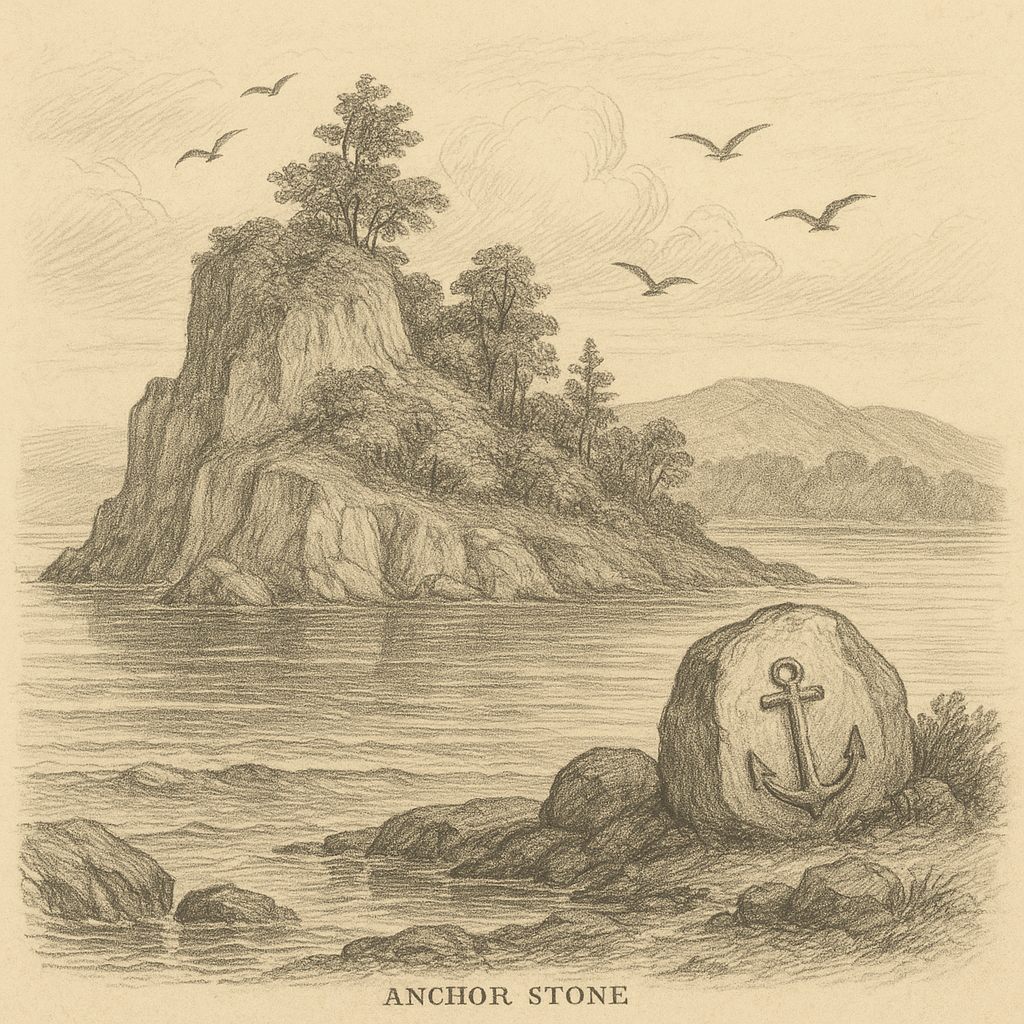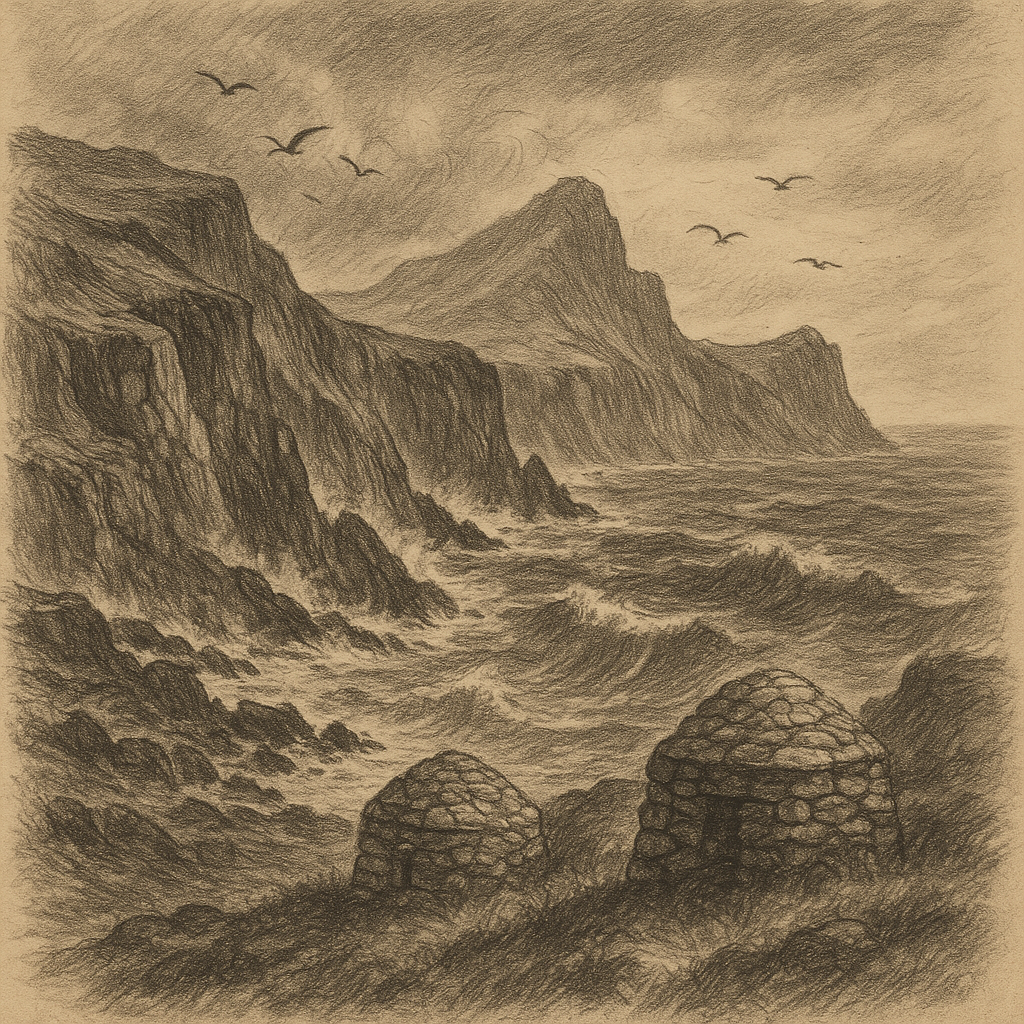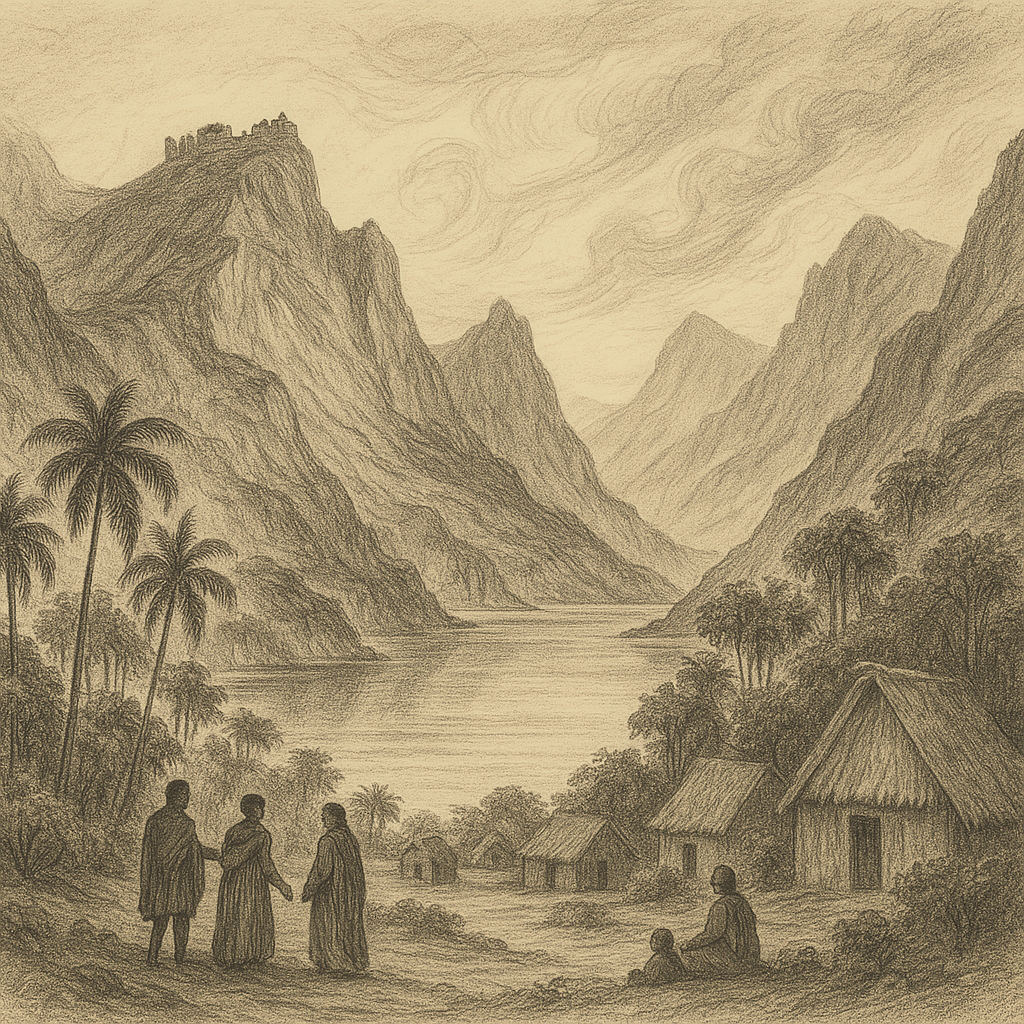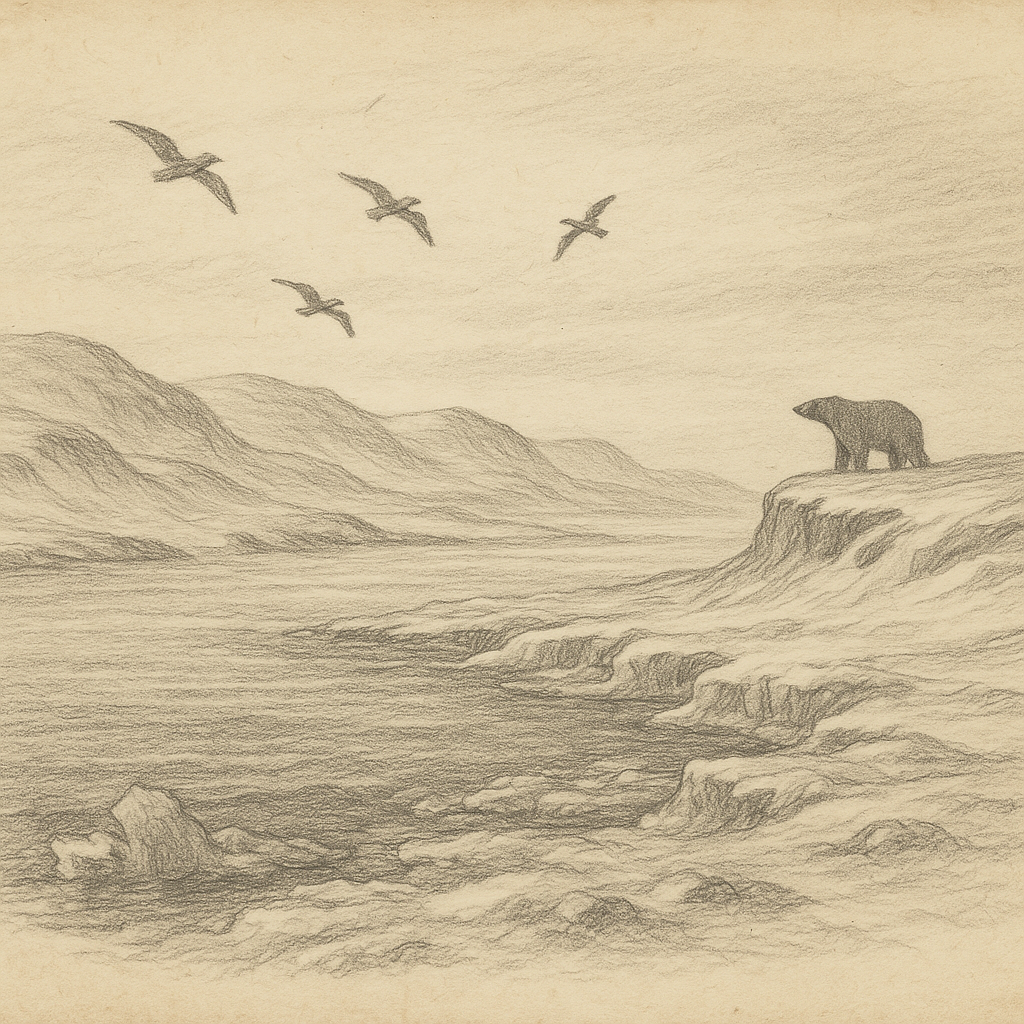Norfolk Bay Island: A Hidden Gem of the Southern Ocean
Norfolk Bay Island is a little-known, remote island nestled in the embrace of Tasmania’s southeastern coastline, within the stunning maritime landscape of Norfolk Bay. Largely uninhabited and steeped in natural beauty and cultural intrigue, the island remains one of Australia’s least-explored pockets of wilderness. Here’s an in-depth look at this extraordinary place.
Location and Geography
Norfolk Bay Island is situated in the heart of Norfolk Bay, a sheltered body of water on the Tasman Peninsula in southeastern Tasmania. The island lies approximately 60 kilometers from the city of Hobart and is accessible only by private boat or specialized eco-charter. The bay itself opens into the Tasman Sea, with the island resting among rugged coastlines and rich marine environments.
Unlike the larger and more well-known Norfolk Island in the Pacific Ocean, Norfolk Bay Island is relatively small and covers an area of roughly 2.5 square kilometers. It features a varied topography that includes sandy shores, rocky outcrops, salt-resistant bushland, and low hills rising gently from the coastline.
Volcanic Origins and Natural Formation
Geologically speaking, Norfolk Bay Island is part of Tasmania’s complex structure of dolerite and sedimentary rock formations. Although not volcanic in origin like many Pacific islands, the island’s rock strata tell a history of tectonic activity and gradual erosional shaping over millions of years. The island’s proximity to the dynamic coastline makes it a product of long-term interaction between land and water, with tidal patterns, wave erosion, and wind playing significant roles in shaping its landscape.
Several sea caves and natural cliff arches can be found along the western shore, offering an insight into the forces that have sculpted the island over time. These geological features are not only visually striking but also serve as nesting spots for seabird populations.
Flora and Fauna
Norfolk Bay Island boasts an ecosystem that is representative of Tasmania’s coastal wilderness. The island supports patches of coastal heath, salt-tolerant shrubs, and hardy eucalyptus groves. In spring and summer, the island becomes a mosaic of wildflowers, attracting pollinators and creating a haven for biodiversity.
The surrounding waters are teeming with marine life, including seals, dolphins, and a variety of fish and crustaceans, while the island itself serves as a vital breeding ground for seabirds such as the short-tailed shearwater and the Pacific gull. Occasionally, endangered species such as the Tasmanian wedge-tailed eagle have been spotted flying over the island, drawn by its remoteness and low levels of human interference.
Points of Interest and Activities
Though there are no permanent human inhabitants or developed facilities on the island, Norfolk Bay Island has increasingly become a destination for adventurous eco-tourists and researchers. Visitors who make the journey by boat can enjoy hiking along the perimeter, birdwatching, or snorkeling in the rich marine habitats offshore.
One notable location on the island is the “Anchor Stone,” a massive boulder resembling a ship’s anchor that has long served as a natural navigational marker for generations of local fishermen. There are also remnants of a 19th-century whaling lookout—a reminder of Tasmania’s early maritime history.
Legends and Folklore
Despite its isolation, Norfolk Bay Island has not escaped the imagination of local storytellers. According to Aboriginal Tasmanian oral tradition, the island was once a sacred site known as “Boora Toi,” believed to be a meeting place for spirits of the sea. Elders speak of a time when the island would glow with ethereal lights during autumn nights, said to be the gathering of spirits preparing for the seasonal change.
Another legend tells of a 19th-century shipwreck—a schooner called the Duchess Adelaide—that vanished in Norfolk Bay under mysterious circumstances. Locals claim that on foggy mornings, the silhouette of a ship can still be seen drifting near the island’s edge, only to vanish when approached. These tales, passed down through generations, continue to enrich the island’s mystique and cultural significance.
Conservation and Access
Due to its ecological importance and vulnerability, Norfolk Bay Island is under the protection of Tasmania’s Parks and Wildlife Service. Visits to the island require a conservation permit, especially if the purpose is scientific research or ecological monitoring. Human impact is carefully managed to ensure the long-term health of the island’s wildlife and vegetation.
Efforts are underway to control invasive species, such as black rats and European rabbits, which pose a risk to the delicate native flora. Conservationists have also launched programs aimed at restoring seabird habitats and monitoring marine health in the surrounding bay.
Access is limited to daylight hours, and overnight camping is currently prohibited. As a result, Norfolk Bay Island retains the rare distinction of being both accessible for those who seek it and untouched enough to allow nature to flourish undisturbed.
Conclusion
Norfolk Bay Island stands as a tranquil and enigmatic jewel off the Tasmanian coast. With its secluded beaches, rich biodiversity, and deep cultural lore, the island offers a compelling blend of natural wonder and historical intrigue. Whether you are a nature enthusiast, a lover of legends, or simply a seeker of the remote, Norfolk Bay Island presents an unforgettable glimpse of Australia’s hidden maritime heritage.



